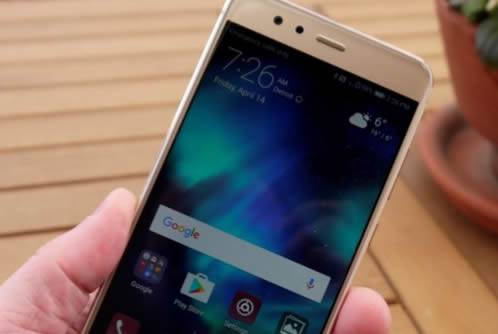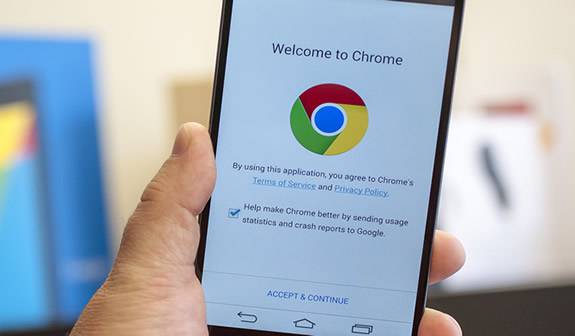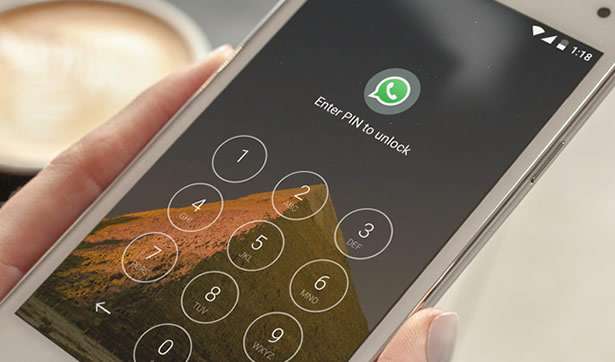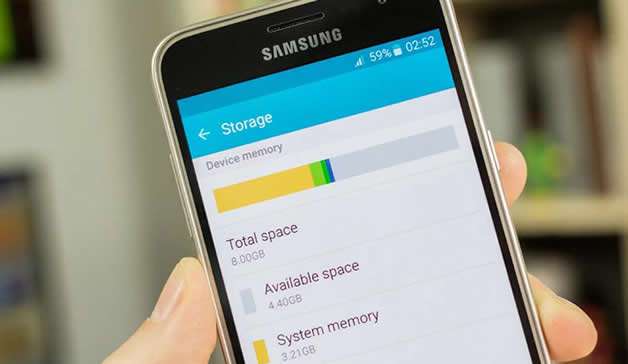Yes, many Android phones have the capability to use fingerprint recognition for authentication. To set up this feature on your device, you will need to open your phone’s Settings and look for Security or Biometrics & security. Depending on your device, it may be listed as Fingerprint or Screen Lock. Once located, follow the prompts provided by your phone’s operating system to enroll a new finger print.
Do any Android phones have Touch ID?
Do Samsung phones have fingerprint recognition?
Yes, Samsung phones offer fingerprint recognition as a security feature. Many models of the Samsung Galaxy line have this capability built-in, and it can be enabled in the phone’s settings. To use this feature, users need to register their fingerprints with the device by following these steps:
1. Open Settings on your phone
2. Go to Lock Screen & Security
3. Tap Fingerprints (or Biometrics) depending on your device model
4. Follow instructions for setting up a new fingerprint or scanning an existing one
5. Confirm changes and you’re all set!
Once you’ve registered your print(s), you can unlock your screen simply by placing your finger on the home button until it is recognized. For added convenience, some Samsung devices allow users to assign different functions to each of their fingerprints such as launching specific apps or making payments directly from the lock screen without needing further authentication (e.g., PIN/password).
Where is the fingerprint sensor on a Android phone?
The location of the fingerprint sensor on an Android phone will depend on the make and model of the device. Generally, it is located either at the back or side of the phone near where your thumb would naturally rest when holding a device in one hand. To locate your specific device’s fingerprint sensor, we recommend consulting your user manual or doing an online search for “[Device Make & Model] Fingerprint Sensor Location.” Additionally, you can look through Settings > Security/Lock Screen to check if there are any settings related to fingerprints that may indicate its position.
How do I use my Android phone as a fingerprint scanner?
Using an Android phone as a fingerprint scanner is a great way to add an extra layer of security to your device. To use your Android phone as a fingerprint scanner, you’ll need to first ensure that it’s equipped with a compatible sensor and has the latest version of the operating system installed. After this, you can follow these steps:
1.Open Settings on your Android device and select “Security & Location” or “Biometrics & Security.”
2.Tap “Fingerprint” or “Smart Lock” and enter your PIN/password if prompted.
3.Follow the on-screen instructions to create a new fingerprint scan for authentication purposes by tapping on the sensor multiple times for better accuracy. It helps if you vary your finger angle each time so that all parts of the print are scanned properly.
4.Once complete, tap Finish and then toggle Fingerprint Unlocking On in order to use it when unlocking your device going forward (or at other points where authentication is needed).
What replaced Touch ID?
The new Apple iPhones no longer have Touch ID, but instead feature Face ID, a facial recognition system that uses advanced technologies to securely and accurately unlock your phone. To set up Face ID on your device, you will need to access the Settings app and select “Face ID & Passcode.” From there, you can follow the prompts to complete setup. Once enabled, you can use Face ID for unlocking your phone as well as authenticating Apple Pay payments and other secure actions.
What was the last phone with Touch ID?
The last phone to feature Touch ID was the iPhone 8 and 8 Plus, released in September 2017. It is no longer available for purchase new from Apple, though it can still be found on some third-party retailers. For those looking to use Touch ID, there are several newer iPhones that offer Face ID instead, including the XR and 11 series models.
Did Samsung get rid of fingerprint sensor?
No, Samsung has not gotten rid of the fingerprint sensor. The company continues to use fingerprint sensors in many of its popular models, such as the Galaxy S and Note series. In addition to traditional capacitive-based fingerprint scanners that are found on older devices, newer Samsung phones feature advanced ultrasonic technology for more accurate and secure biometric authentication. To set up a fingerprint scanner on your device:
1. Go to Settings > Biometrics and Security > Fingerprints (or similar).
2. Follow the instructions provided by your device’s operating system to add fingerprints from different angles and positions until you have completed the registration process.
3. Once you have registered all desired fingerprints, select Done/Finish or a similar option to enable the fingerprint scanner on your device.
Does Samsung 11 have fingerprint?
No, unfortunately the Samsung Galaxy 11 does not have a fingerprint scanner. However, you can use a variety of other methods to keep your device secure such as facial recognition or using passcodes and passwords.
{“@context”:”https://schema.org”,”@type”:”FAQPage”,”mainEntity”:[{“@type”:”Question”,”name”:”Do Samsung phones have fingerprint recognition?”,”acceptedAnswer”:{“@type”:”Answer”,”text”:”nYes, Samsung phones offer fingerprint recognition as a security feature. Many models of the Samsung Galaxy line have this capability built-in, and it can be enabled in the phone’s settings. To use this feature, users need to register their fingerprints with the device by following these steps: n1. Open Settings on your phone n2. Go to Lock Screen & Security n3. Tap Fingerprints (or Biometrics) depending on your device model n4. Follow instructions for setting up a new fingerprint or scanning an existing one n5. Confirm changes and youu2019re all set! nOnce you’ve registered your print(s), you can unlock your screen simply by placing your finger on the home button until it is recognized. For added convenience, some Samsung devices allow users to assign different functions to each of their fingerprints such as launching specific apps or making payments directly from the lock screen without needing further authentication (e.g., PIN/password).”}},{“@type”:”Question”,”name”:”Where is the fingerprint sensor on a Android phone?”,”acceptedAnswer”:{“@type”:”Answer”,”text”:”nnThe location of the fingerprint sensor on an Android phone will depend on the make and model of the device. Generally, it is located either at the back or side of the phone near where your thumb would naturally rest when holding a device in one hand. To locate your specific deviceu2019s fingerprint sensor, we recommend consulting your user manual or doing an online search for u201c[Device Make & Model] Fingerprint Sensor Location.u201d Additionally, you can look through Settings > Security/Lock Screen to check if there are any settings related to fingerprints that may indicate its position.”}},{“@type”:”Question”,”name”:”How do I use my Android phone as a fingerprint scanner?”,”acceptedAnswer”:{“@type”:”Answer”,”text”:”nnUsing an Android phone as a fingerprint scanner is a great way to add an extra layer of security to your device. To use your Android phone as a fingerprint scanner, you’ll need to first ensure that it’s equipped with a compatible sensor and has the latest version of the operating system installed. After this, you can follow these steps: nn1.Open Settings on your Android device and select “Security & Location” or “Biometrics & Security.” n2.Tap u201cFingerprintu201d or u201cSmart Locku201d and enter your PIN/password if prompted. n3.Follow the on-screen instructions to create a new fingerprint scan for authentication purposes by tapping on the sensor multiple times for better accuracy. It helps if you vary your finger angle each time so that all parts of the print are scanned properly. n4.Once complete, tap Finish and then toggle Fingerprint Unlocking On in order to use it when unlocking your device going forward (or at other points where authentication is needed).”}},{“@type”:”Question”,”name”:”What replaced Touch ID?”,”acceptedAnswer”:{“@type”:”Answer”,”text”:”nnThe new Apple iPhones no longer have Touch ID, but instead feature Face ID, a facial recognition system that uses advanced technologies to securely and accurately unlock your phone. To set up Face ID on your device, you will need to access the Settings app and select “Face ID & Passcode.” From there, you can follow the prompts to complete setup. Once enabled, you can use Face ID for unlocking your phone as well as authenticating Apple Pay payments and other secure actions.”}},{“@type”:”Question”,”name”:”What was the last phone with Touch ID?”,”acceptedAnswer”:{“@type”:”Answer”,”text”:”nnThe last phone to feature Touch ID was the iPhone 8 and 8 Plus, released in September 2017. It is no longer available for purchase new from Apple, though it can still be found on some third-party retailers. For those looking to use Touch ID, there are several newer iPhones that offer Face ID instead, including the XR and 11 series models.”}},{“@type”:”Question”,”name”:”Did Samsung get rid of fingerprint sensor?”,”acceptedAnswer”:{“@type”:”Answer”,”text”:”nNo, Samsung has not gotten rid of the fingerprint sensor. The company continues to use fingerprint sensors in many of its popular models, such as the Galaxy S and Note series. In addition to traditional capacitive-based fingerprint scanners that are found on older devices, newer Samsung phones feature advanced ultrasonic technology for more accurate and secure biometric authentication. To set up a fingerprint scanner on your device: nn1. Go to Settings > Biometrics and Security > Fingerprints (or similar). n2. Follow the instructions provided by your device’s operating system to add fingerprints from different angles and positions until you have completed the registration process. n3. Once you have registered all desired fingerprints, select Done/Finish or a similar option to enable the fingerprint scanner on your device.”}},{“@type”:”Question”,”name”:”Does Samsung 11 have fingerprint?”,”acceptedAnswer”:{“@type”:”Answer”,”text”:”nnNo, unfortunately the Samsung Galaxy 11 does not have a fingerprint scanner. However, you can use a variety of other methods to keep your device secure such as facial recognition or using passcodes and passwords.”}}]}







